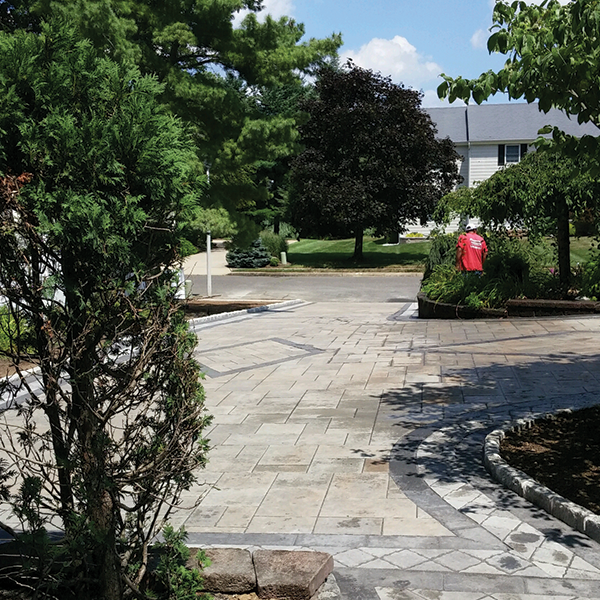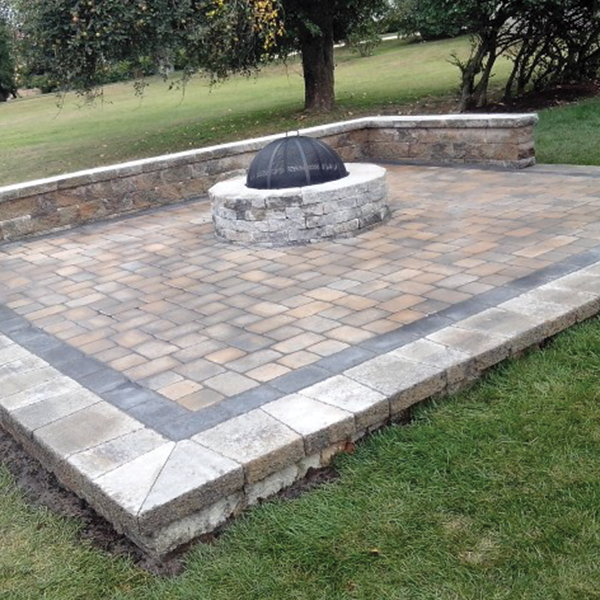Why Choose Us?

FAQ
Having your grass cut at the right height — recommended at three inches — will cause less damage to your grass and prevent any stress that could negatively impact your lawn. With proper height and alternating trimming patterns, your lawn will be healthier — which allows for shading, fights against weed growth and protects the grass against insect damages.
In New Jersey, there are several things you can do to prepare your lawn for the colder weather and winter season. Some of the best things that you can do to prepare and prevent a dead lawn when the spring comes around are:
- Remove lawn debris
- Mow grass at the right height
- Aerate your lawn
- Fertilize
When selling your home, the landscaping is often one of the first details prospective buyers notice — and attractive and well-maintained lawns and plant life adds curb appeal and a welcoming aesthetic. With a well-landscaped property, you can even see up to 10% home value-added, so take your landscape project seriously.
During the hot summer months, it can get too hot or dry for the cool-season grasses. When temperatures rise about 90 degrees, cool-season lawns can start to go dormant and turn brown until cooler weather and enough moisture reach the soil. During these hot summer months, we recommend watering 2-3 inches a week during the morning hours either by rainfall or irrigation.
During the cooler months, a healthy lawn needs 1-2 inches of water a week. When a lawn receives more water than normal, this allows moisture to build in the soil. Having too much moisture can bring diseases into the lawn. If possible, let your lawn dry out for the next couple of days and continue with the recommended watering instructions.
Many may assume springtime is the ideal season for landscaping installations, but for plantings like trees, shrubs, and grass, fall is the best time for projects because of the warm days and cool evenings and the increased precipitation that assists new plant establishment. With fall plantings, you’ll have six to eight months to get roots established before warmer months, weeds are less frequent and the soil temperature is still warm. However, for perennial and annual flowers, springtime is the best time for planting.
For most applications, we ask that people and pets remain off of the lawn until the weed control has had time to dry. In most cases, this will take less than an hour. Once the weed control has dried, there is no danger of being on the lawn.
Fertilizing your lawn is a necessary lawn care task to ensure your lawn has proper nutrients to ensure healthy growth and attractive quality. Fertilization provides a slow release of organic nutrients along with carefully blended amounts of nutrients which help your lawn by promoting the new leaf, cell wall development, and root growth. In northern areas of the country, like Northwestern Indiana, we recommend you apply fertilizer once per year in the springtime.
You do not need to be home for our fertilization program. Our trained technicians will care for your lawn and leave you with an invoice. Be sure to check the back of your invoice after each visit for any notes the technician may have left regarding the care of your lawn. We do ask that gates are unlocked and pets are in the house. If you need to be contacted a day before your appointment, please notify our office.




























